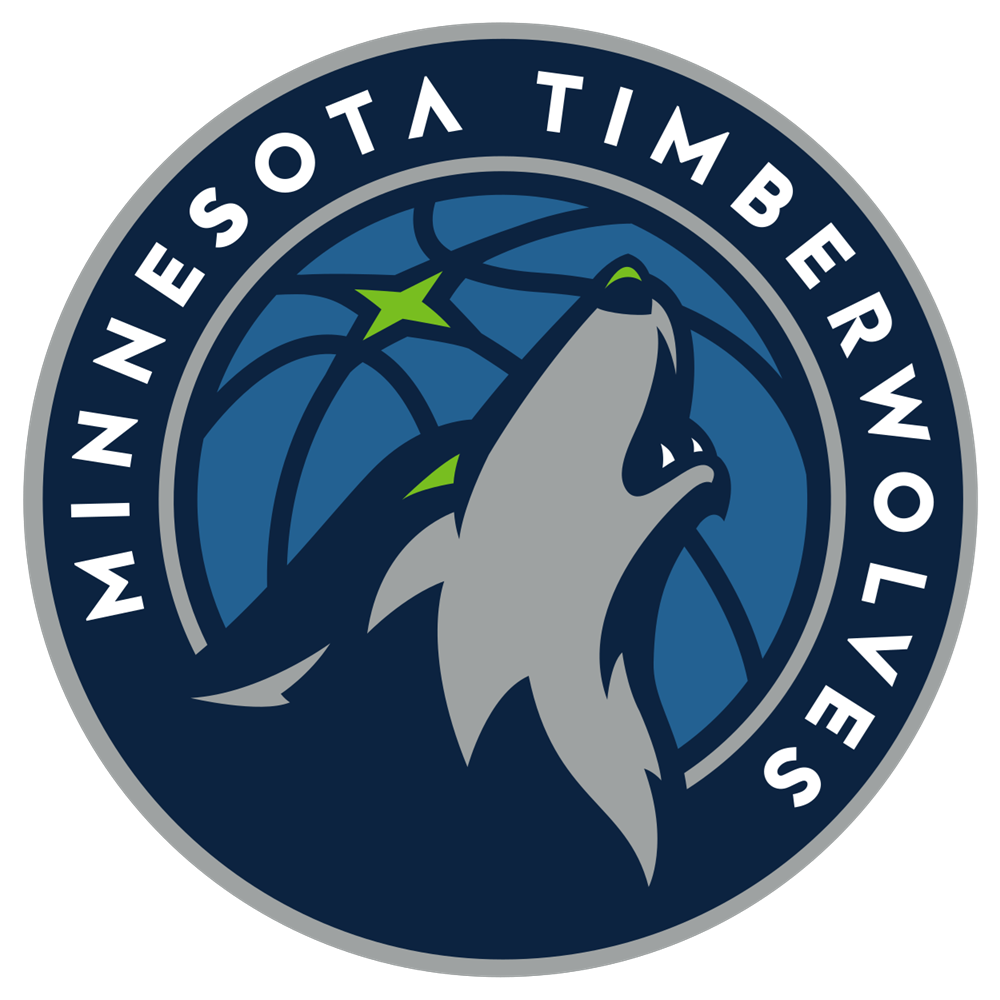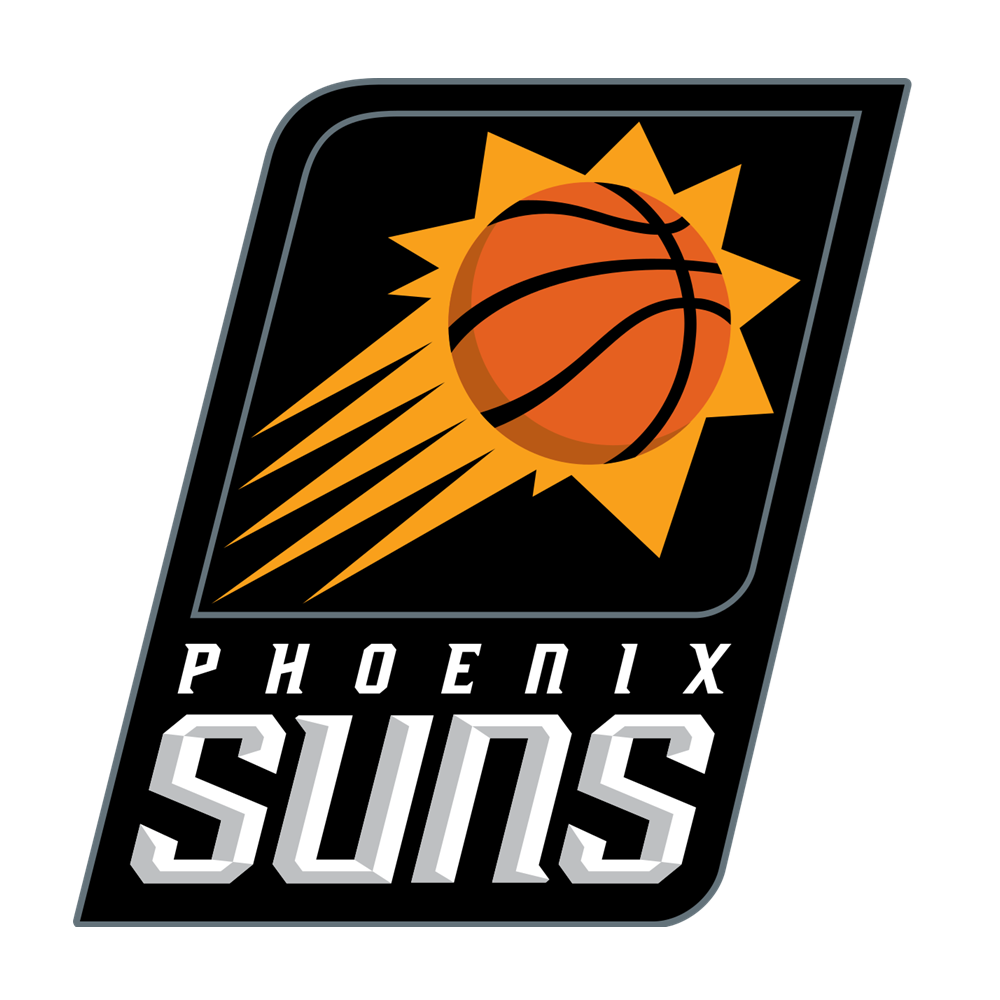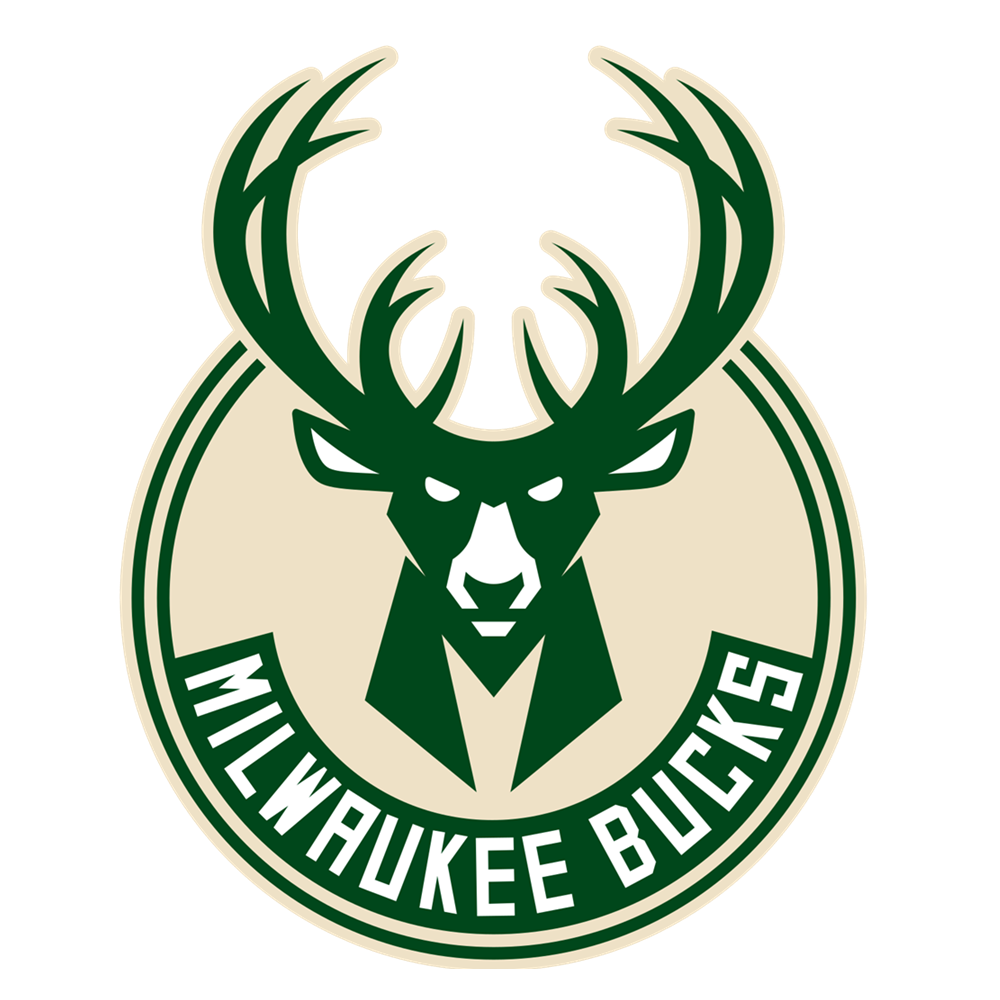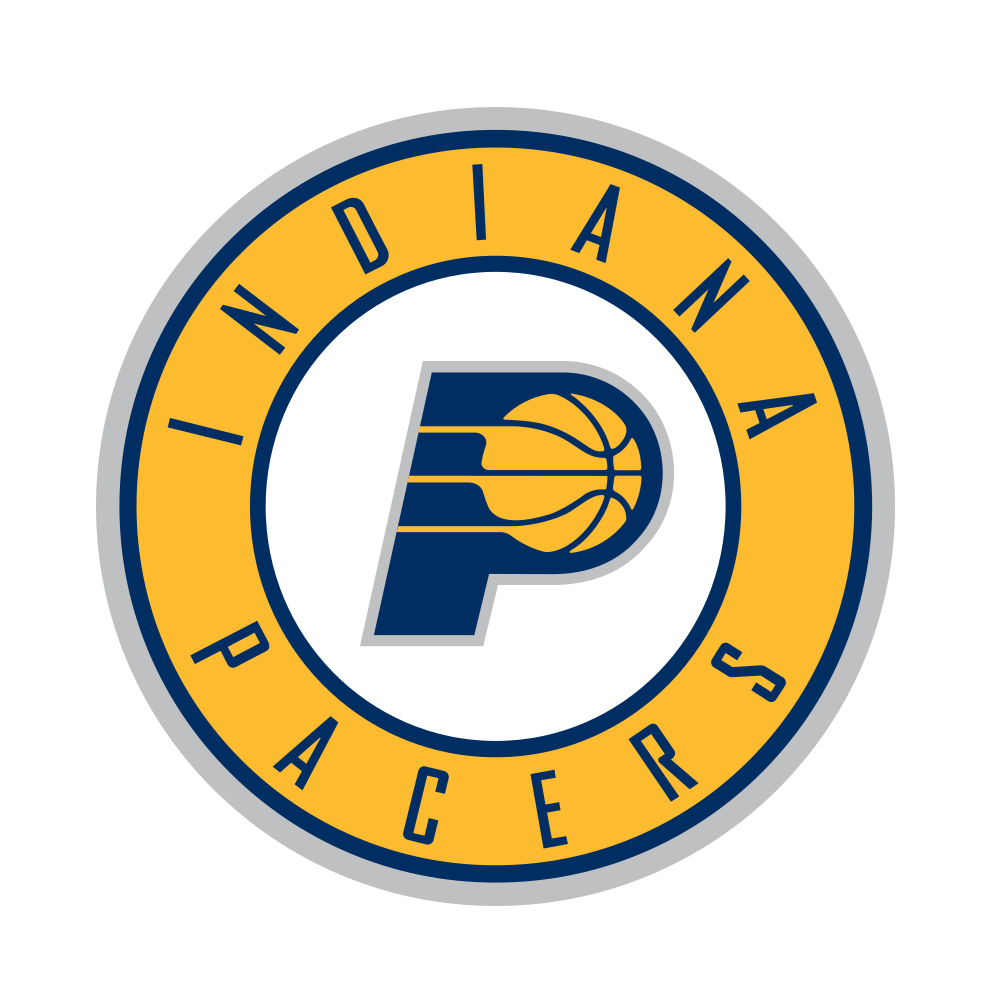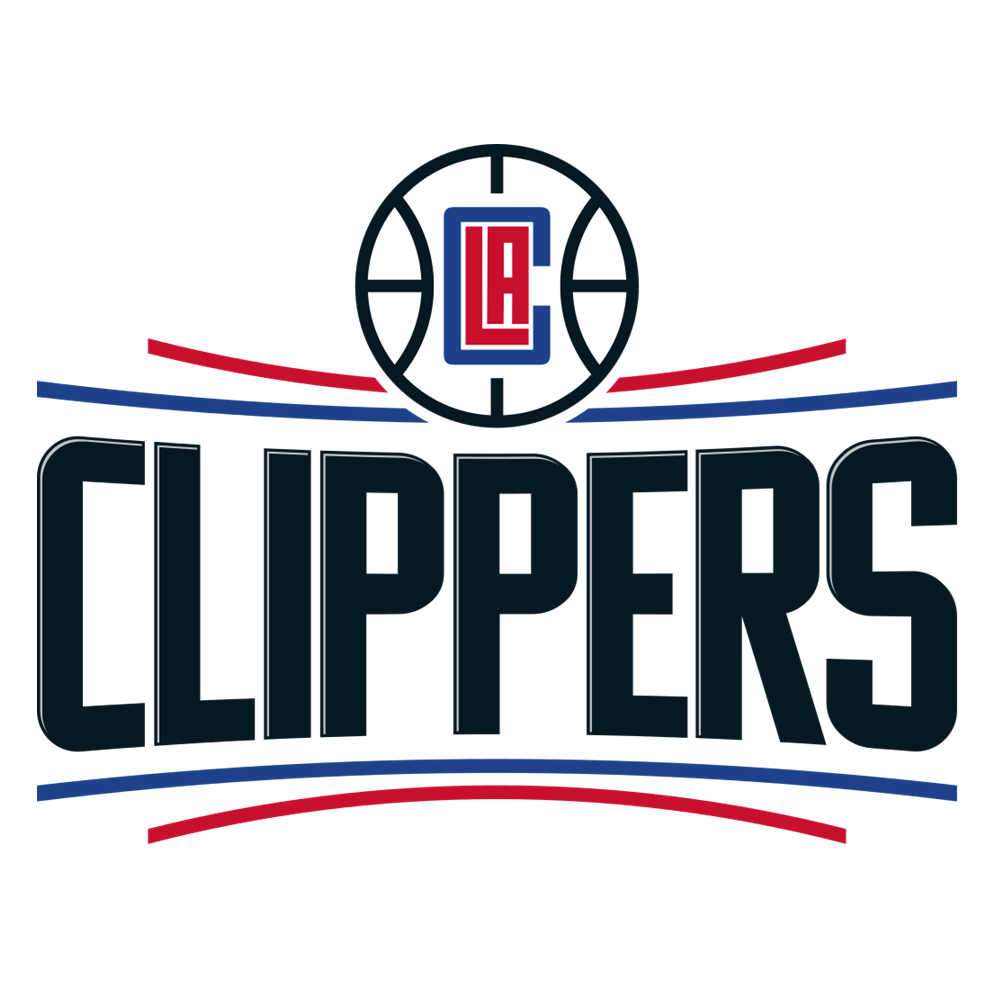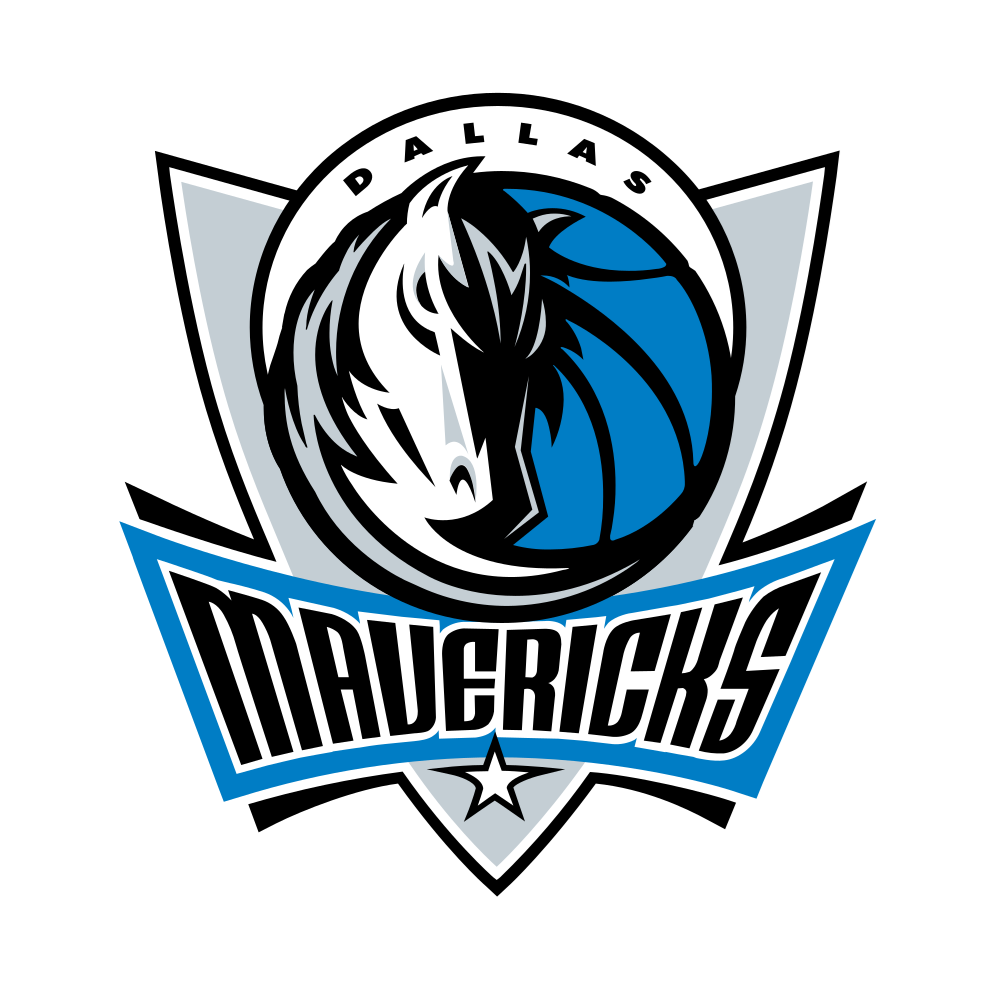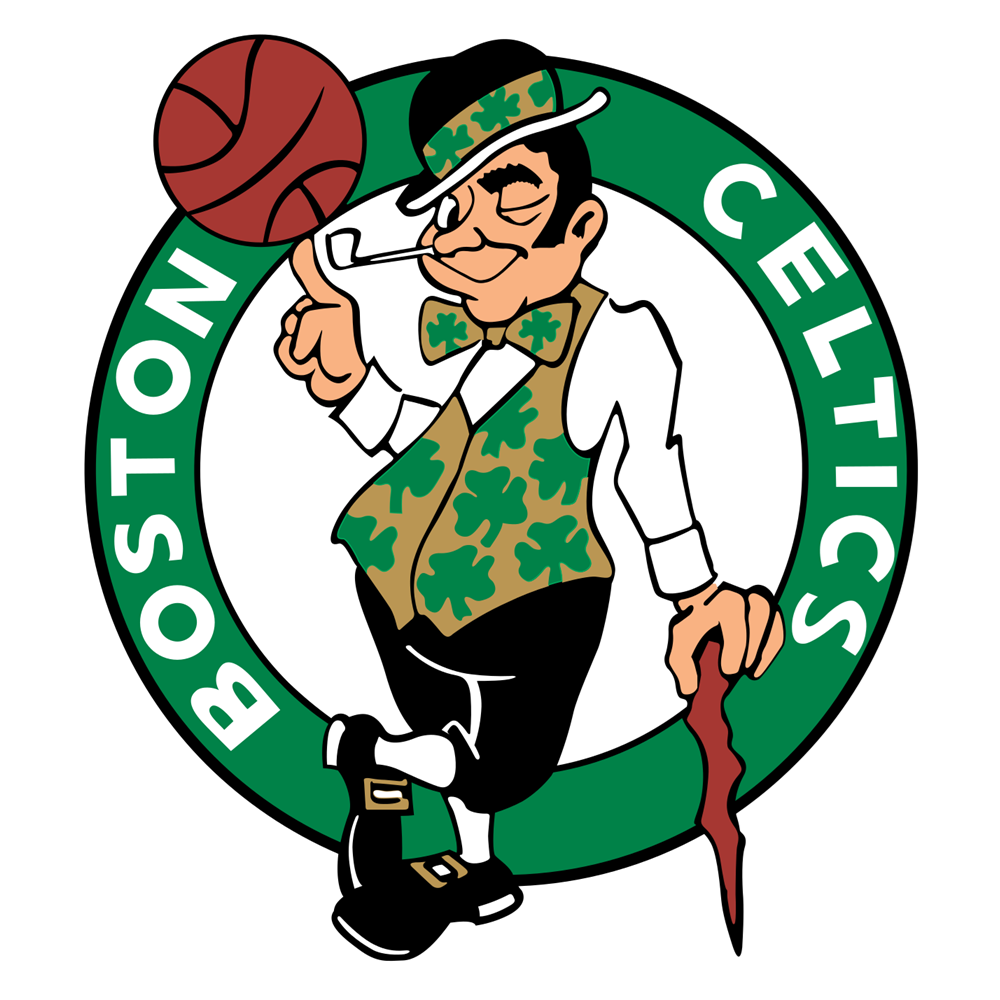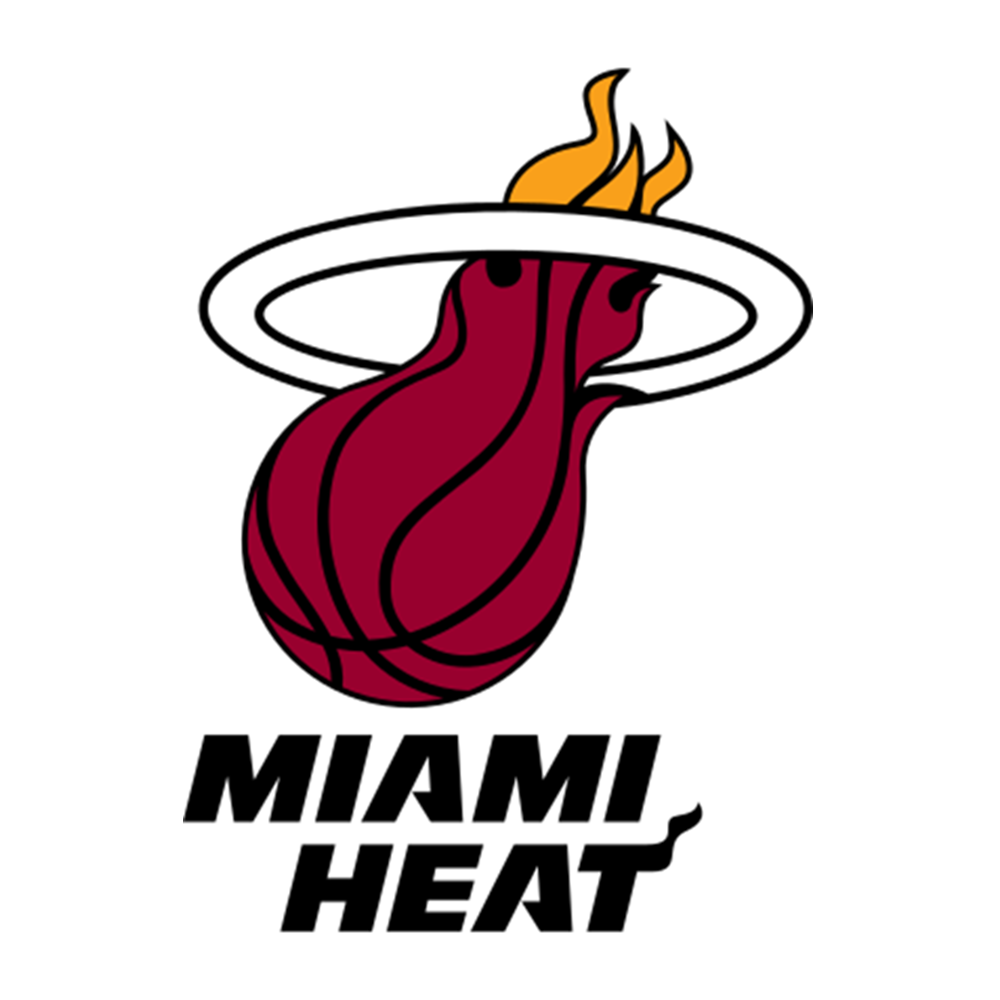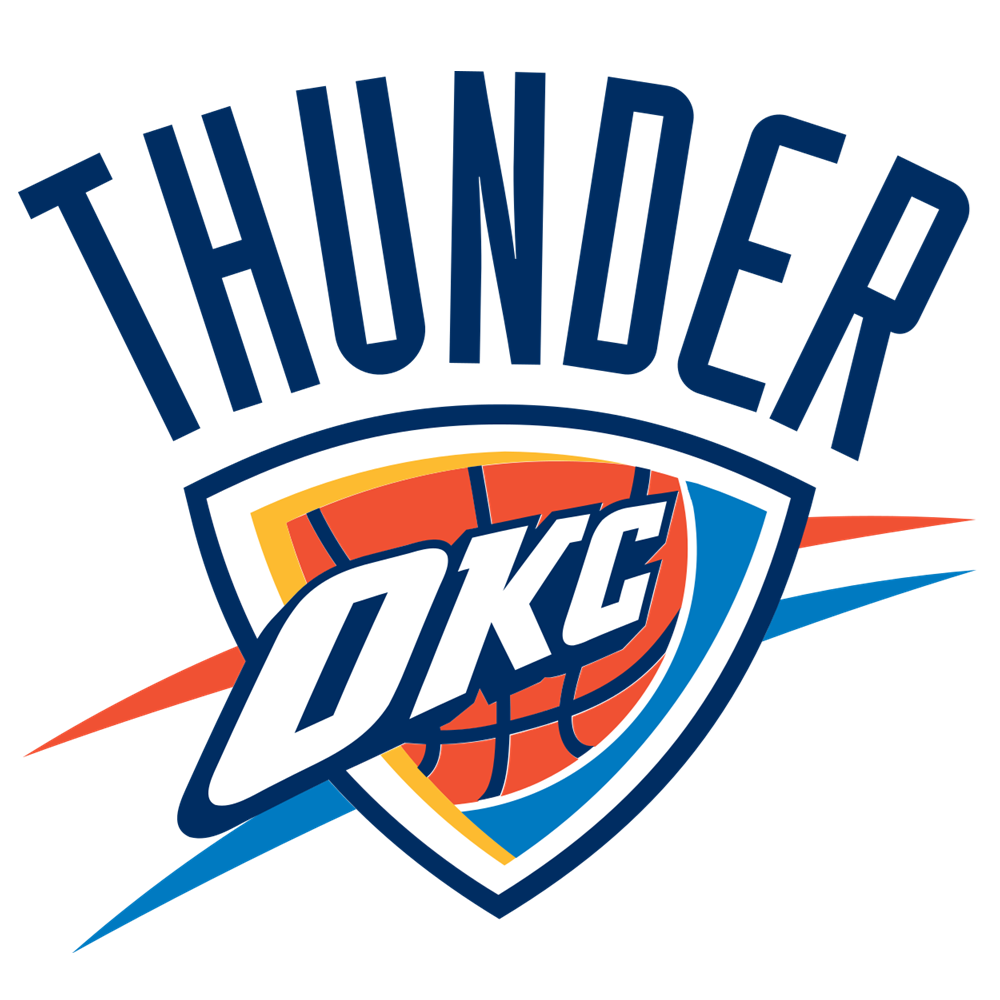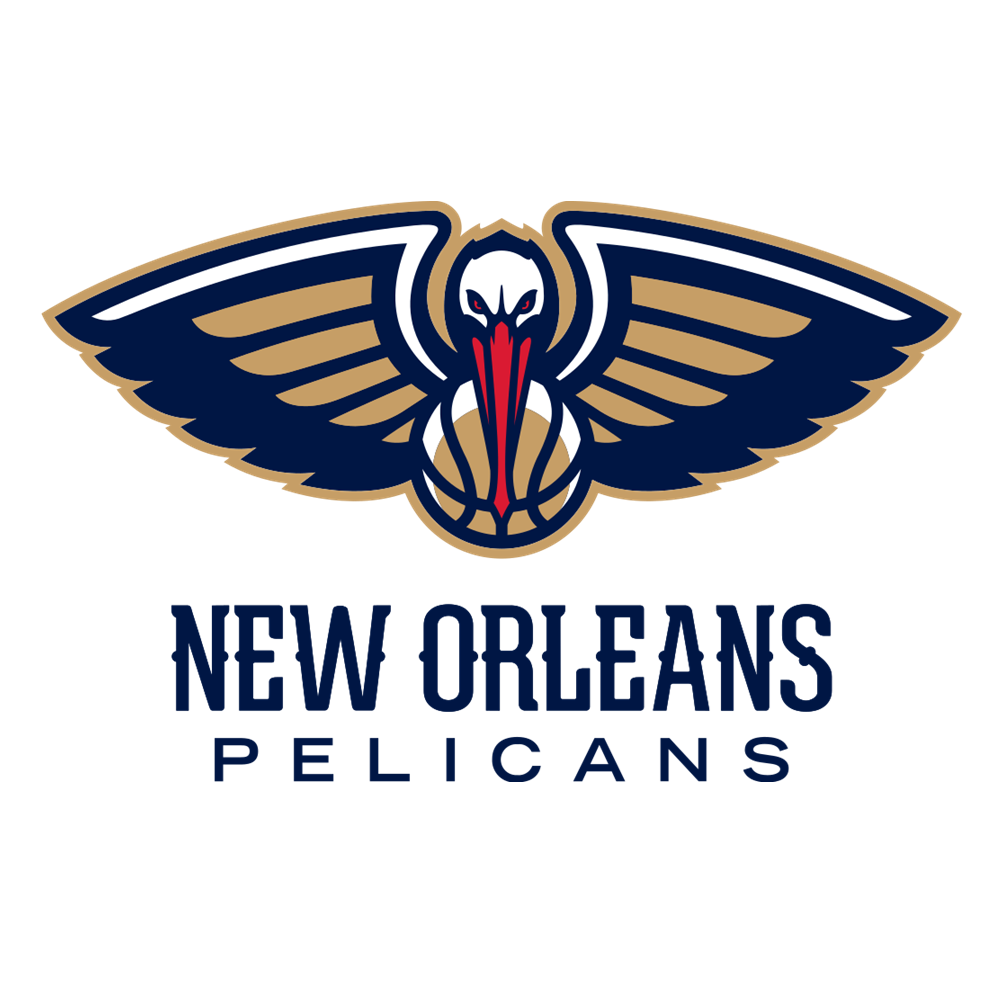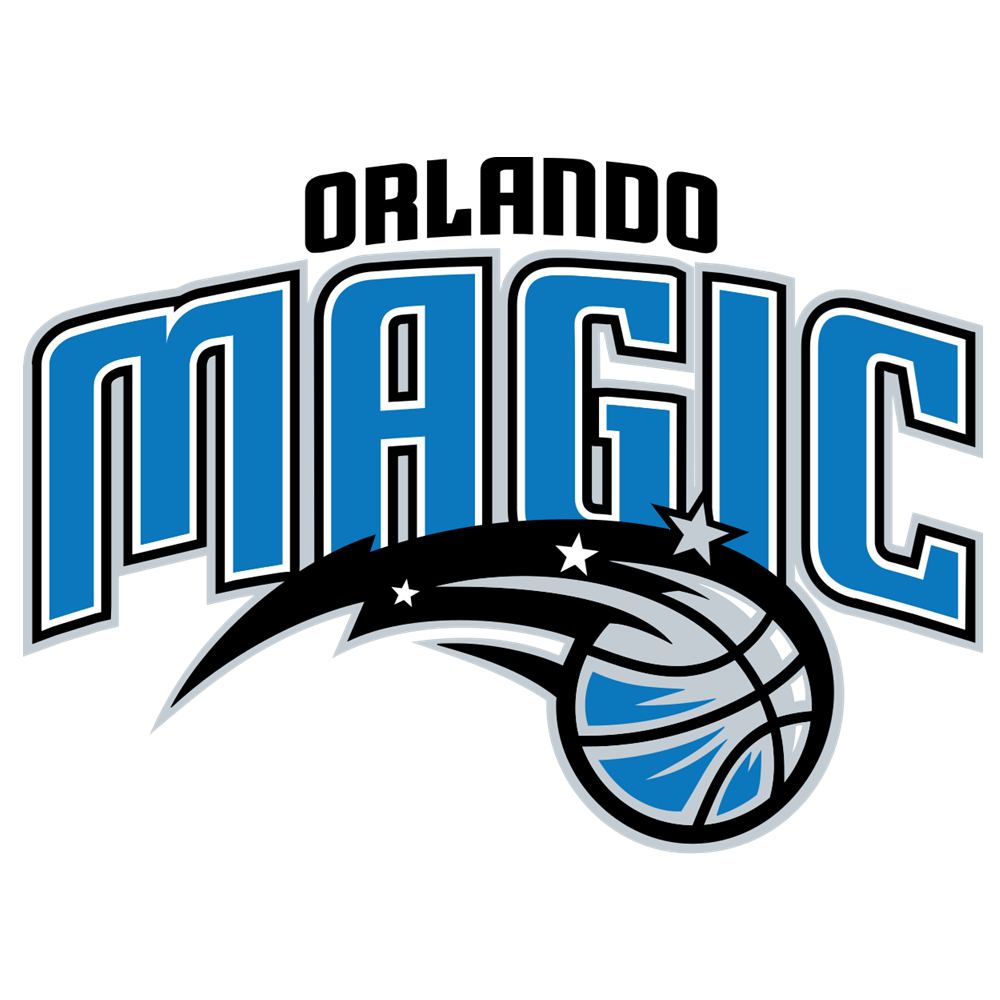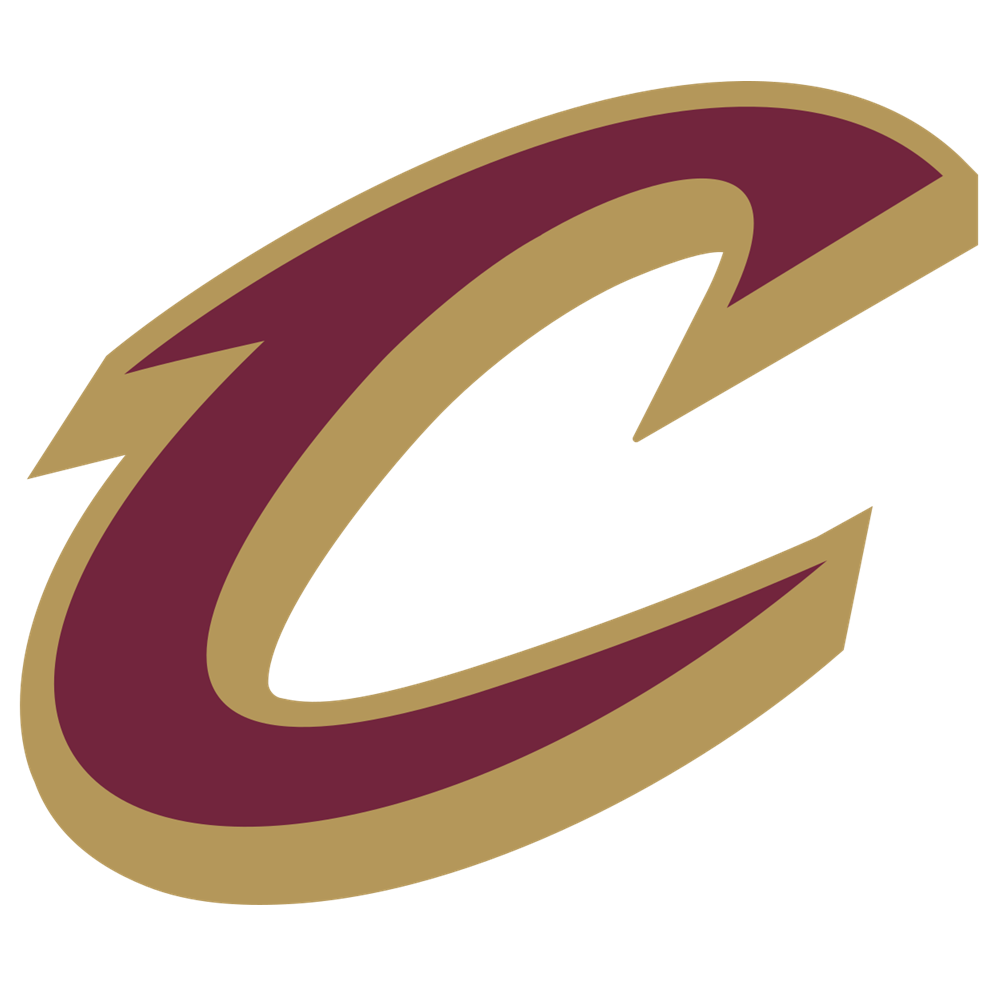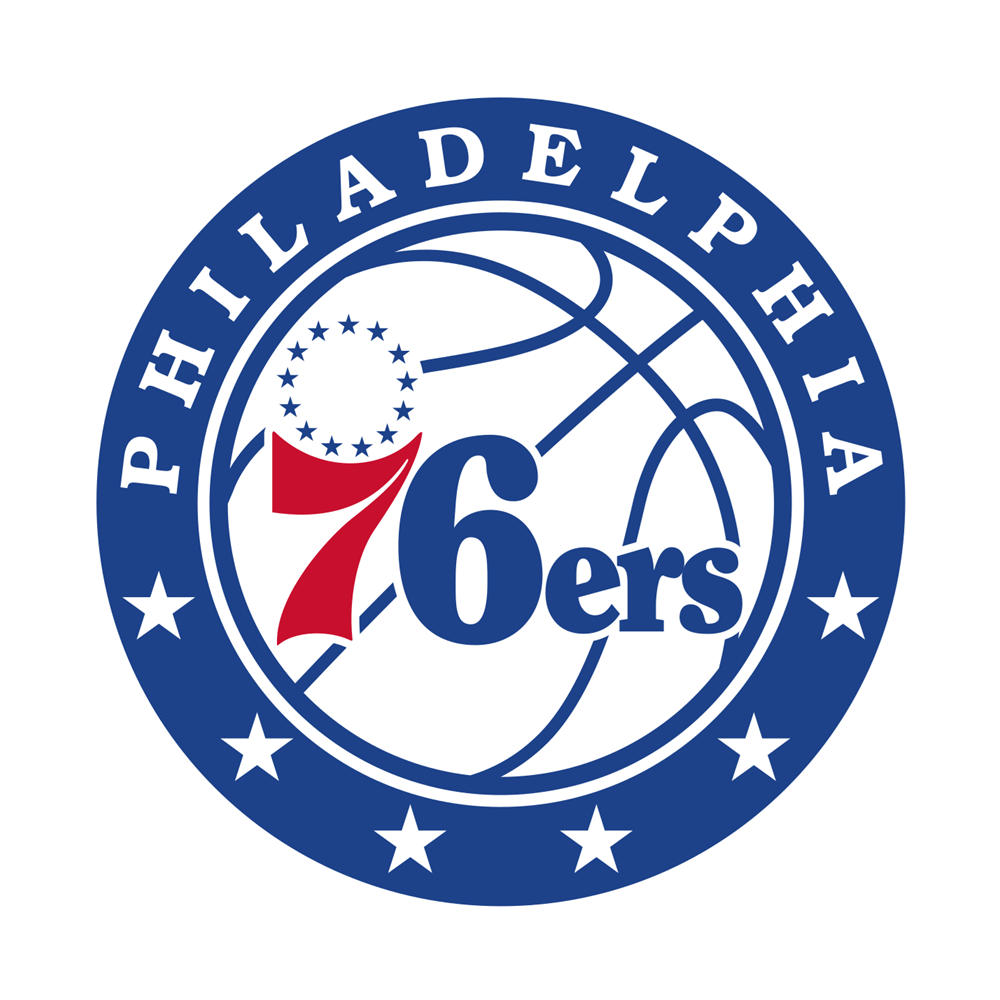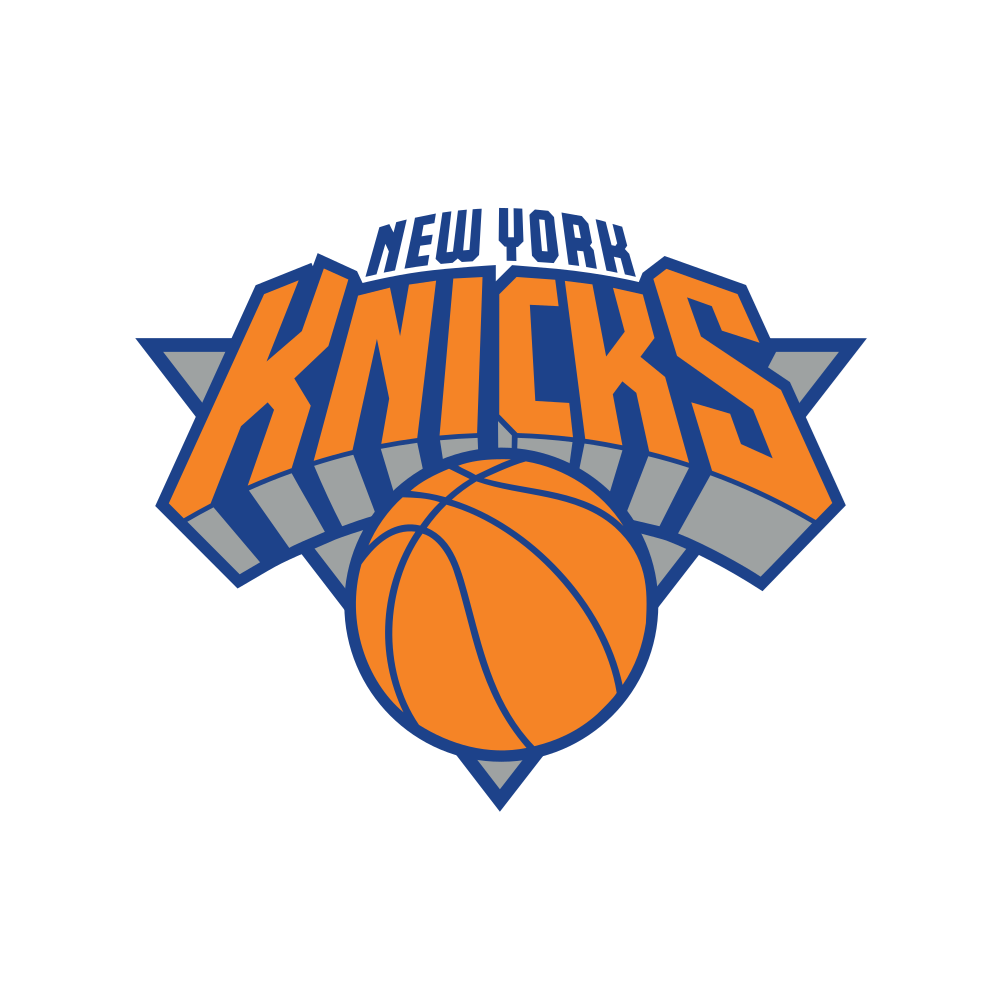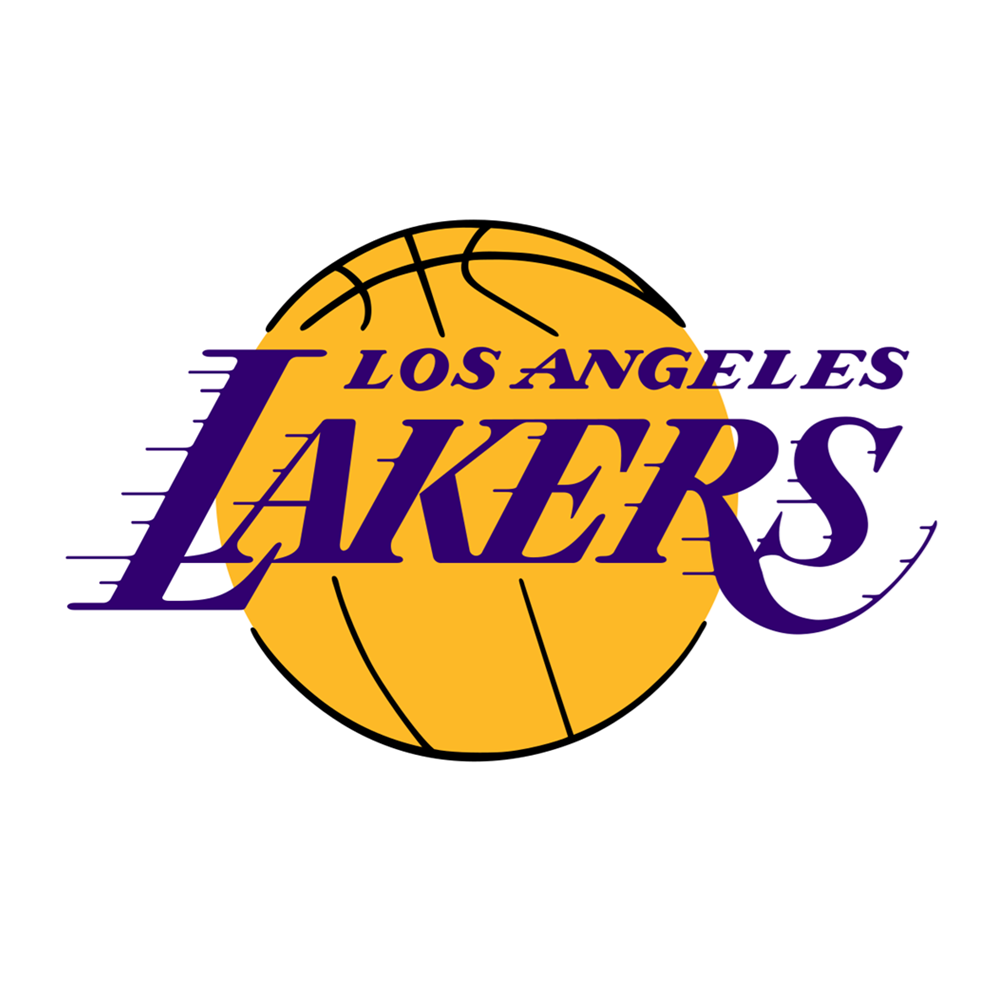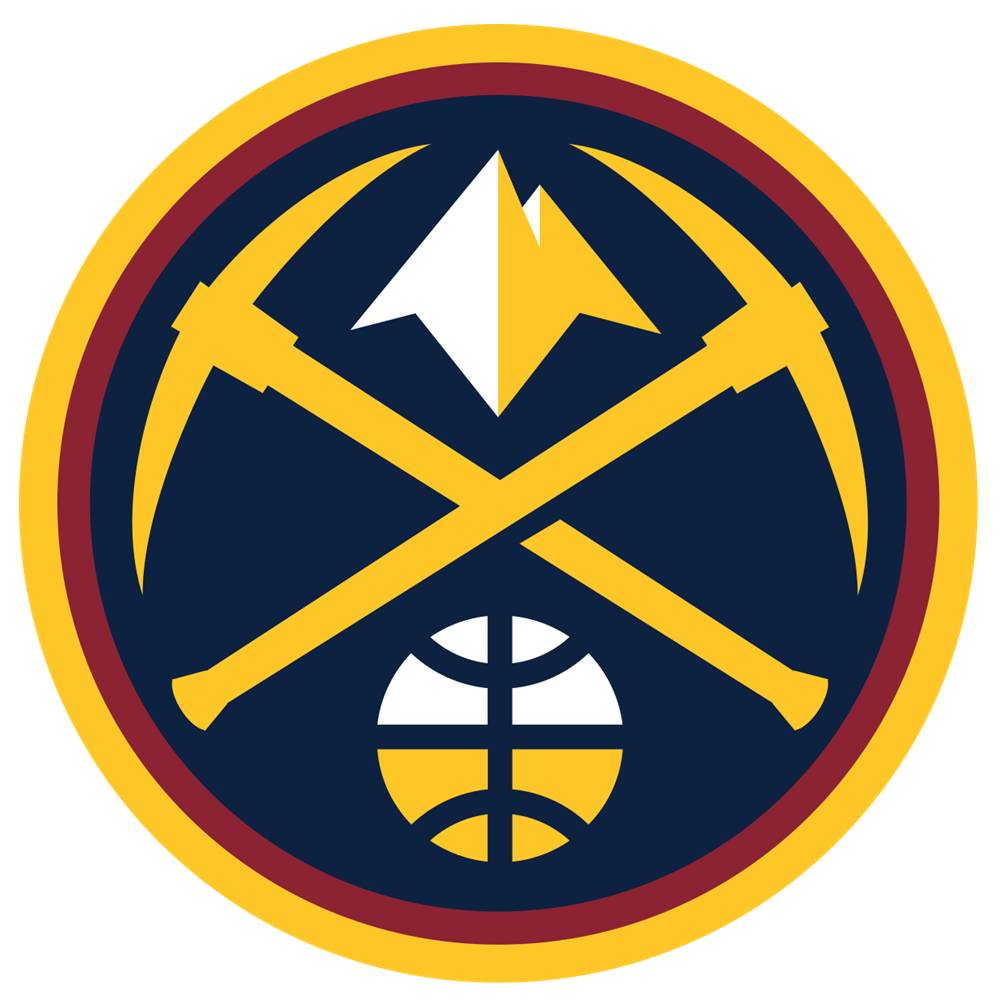In ten days, the NBA will invite into their embrace 60 new players at the 2018 NBA Draft. The annual event is a culmination of years of research and thousands of scouting reports for all 30 franchises, to which all have dedicated an outrageous amount of man hours.
Choosing the wrong player can set a franchise back years, even decades if they do it with some regularity. The draft represents the most effective way to turn around a franchise for a myriad of reasons not limited to just selecting a potential superstar. The trade value of a high lottery pick is quite immense, providing a team with a significant trade asset that, in theory, could be used to acquire an established All-Star or a small army of lesser assets that a team could sprinkle out in different trades over the next few years.
The Boston Celtics are a prime example of all of these options.
Back in 2007, the Celtics had acquired themselves numerous young assets, headlined by a 22-year old Al Jefferson coming off a year in which he averaged 16 points and 11 rebounds, as well as the fifth overall pick in the 2007 NBA Draft. The organisation was debating trading their star, Paul Pierce, who was 29 and in the middle of his prime, for additional young players and draft picks to get the youth movement going, or swinging for the fences with the young assets at their disposal.
They chose the latter and acquired 31-year old All-Star shooting guard Ray Allen from Seattle - who had averaged a career-high 26.4 points per game in the previous season - for the fifth pick (which became Jeff Green) and later shipped the vast majority of their young players to the Minnesota Timberwolves for former MVP Kevin Garnett, also 31 at the time.
The result was an NBA Championship 11 months later.
Just last year, the Celtics took a different approach. After having won the 2017 NBA Draft Lottery, General Manager Danny Ainge sent the first overall pick to Philadelphia, picking up the third pick in the same draft, as well as an additional first-round pick that will convey next summer. This way, Ainge could still select a player with significant potential in the current draft – as he did by choosing Jayson Tatum – while collecting further assets down the road.
Managing the draft is difficult, both due to the uncertainties of the players as well as the difficulty in lining up interest level. Team A might not be as high on a certain player as Team B is, while Team C, who have the best trade assets, has no interest in the player at all. There is constant juggling required, not to mention the additional frustrations of managing rumours - and yes, leaking specific rumours - to give themselves an advantage.
In short: The NBA Draft, as fun as it is as a consumer of the NBA product, is a high-risk game that can change the course of a franchise in mere weeks.
In European football, things are a bit different. Youth academies are frequently tied to the hip of each major club, wherein youngsters are being developed under the watchful eyes of club management, often for years until they debut on the senior team. The club own the rights to these young players, much like drafted players in the NBA have their rights tied to the team selecting them, but no player pool is involved. These football clubs get as many tries as they want to locate young stars, particularly so if their financial situation allows them to take numerous chances.
The NBA is leaning towards something that is vaguely similar, albeit still completely different on a foundational level, by attempting to develop the G-League into a fully-fledged minor league. Only, the NBA franchises that own their G-League team have no rights to the players on the roster, except the two recently-allowed Two-Way players and their own assigned players. While now being able to have 17 total players under their rights per roster, it is a far cry from full control.
As of right now, the NBA Draft only significantly affects a franchise's NBA roster. The minor league is still essentially its own entity, and more of an idea than a reality.
One obstacle currently being dealt with is the fact that not all NBA teams own their own G-League affiliate. A record 27 teams will participate in the 2018/2019 G-League season, leaving three teams – the Denver Nuggets, New Orleans Pelicans and Portland Trail Blazers – without their own G-League institution, making it impossible to transform the league’s rules into a more streamlined effort that will make G-League organisations become official training grounds for young players. All teams need to be involved to gain the same advantage, as parity has been a hot-button issue in many CBA negotiations over the years. But this is not yet the case; New Orleans actively sought out a franchise of their own, but put their plans on hold in March.
Assuming the NBA’s 30-for-30 model eventually becomes a reality, and it likely will eventually, there is a chance drastic changes could be seen to NBA roster construction, maybe to the point where the NBA Draft will become just one of several ways to acquire young talent in need of further development. But while mimicking some of football’s development methods on the surface seems smart, there is an underlining concern that needs to be raised.
One of the reasons why the NBA Draft is so attractive to teams is the chance to select a young superstar, of which there are not many. Some drafts include a few, some just a single one, and some none at all. As alluded to previously, draft prospects get scouted intensely, years before they are even eligible for the draft. If there is a superstar in a draft, odds are most know it. Giannis Antetokounmpo notwithstanding.
In football, player positions are more distinct than they are in basketball, where all players must play both ends. Football teams can therefore find players who are stars at their respective positions, and the expanded rosters can handle a small army of back-ups to that position, going all the way down to their youth academy. With its own multi-tiered minor league system, Major League Baseball operates in a similar way.
In the NBA, however, where rosters are much smaller and players must play both ends of the court, the need to pick the right player with each pick is magnified. With the expanding rosters and the somewhat easier approach to scouting, football teams are not as reliant on getting that one youth player signing right as NBA teams are under draft circumstances. Furthermore, as of right now, although NBA teams can quickly identify gold in the high school ranks, they cannot do anything about it until that player is NBA draft eligible due to the lack of an academy set-up.
Currently, a high school player can sign directly with the G-League. This makes him eligible for the G-League Draft, which thus makes the team he ends up on somewhat random, much like the current NBA Draft. The NBA lives off of parity. The entire point of the NBA Draft is to create balance. The worse a team is, the higher the chance of getting help in shape of a young stud is. The G-League Draft works on the same principles.
However, as more and more NBA prospects enter the G-League via the NBA training camp contract/waiver procedure rather than the increasingly obsolete G-League Draft, that balance will be lost if not updated to reflect this new reality. With a minor league system in play, where player rights would be a necessity to have much like in football, the system must adapt to prevent the same team from picking up the best available young players around the world, year after year, if these players are viewed as free agents.
A minor league system that theoretically allows a single G-League affiliate to sign the top players of the outgoing high school class would not be well received by 29 other franchises, or fan bases. The NBA would risk finding themselves in the same situation as football is in now, where money rules and the most profitable teams can hand over unrealistic sums of money every summer to keep themselves relevant.
That is, unless drastic changes to the infrastructure of both the NBA and the G-League are implemented, and players rights can be had through more traditional means.
NBA Commissioner Adam Silver revealed last Monday that the league has had preliminary discussions with the NBA Players' Association about expanding the NBA Draft to more than just two rounds, which would open the door for creative input in getting the 30-for-30 platform done right. More players coming in would mean a need for more rosters spots; in such an ecosystem, and for an NBA team to have actual control of its G-League roster, the G-League Draft would need to be abolished, and instead replaced by the increased venture of the NBA Draft. This in turn would require the NBA to allow the drafting of high schoolers for this idea to make sense, the high schoolers who are currently able to go directly to the G-League.
If the NBA expands to four rounds, double what it is now, a large percentage of the overall 120 players selected each year would see themselves in the G-League in some form or another. But unless the player selected is currently under a previously-signed contract for an international club, the drafting team would be required to either sign the drafted player or relinquish his rights, so he enters G-League Free Agency. That way, a team has had a shot at that player, and if he blows up elsewhere, it is their own mistake for releasing him. That way, parity is still plausible.
G-League free agency should be eligible only for players with previous NBA or G-League experience, as well as undrafted players, so as to avoid the aforementioned scenario of teams signing players from outside the organisation’s draft process. The goal is to funnel all players through a single draft process, in which NBA teams ultimately hold the rights to 30 players.
What is the difference between that system, and the one currently in place? More swings of the bat at landing someone good, and a larger reliance on a type of academy system where strong coaching and rock-solid player development can bring you ahead. Luck would still be involved in terms of a team landing a good talent, but the backbone of the process would be long-term investments in turning young players into reliable players at the NBA level with the security of knowing that much like in football, a rival team cannot pilfer a team’s players by signing them outright
All the relevant stakeholders stand to gain here. The NBA protects the parity that the Draft exists to preserve, while the teams themselves get more and greater opportunities to cultivate their own talent. And in turn, more players get greater job security.
The evolution of the G-League and its systems for roster construction have gotten us closer to this point. Now, the last couple of adjustments are needed.
